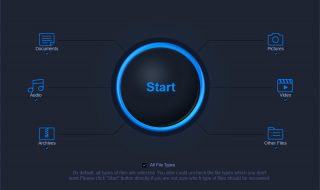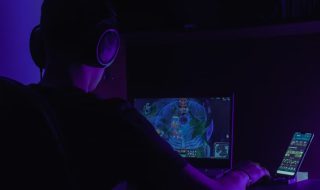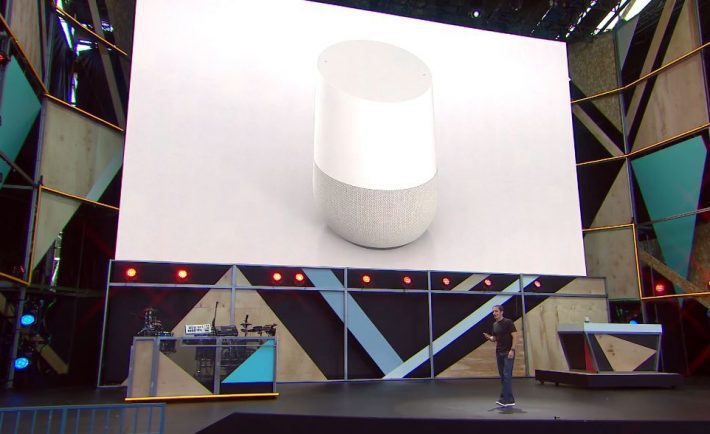
With just a couple words to a dark obelisk in the corner, your lights dim, music starts playing, and a pizza is delivered straight to your door. While all this might still sound like something from a science fiction movie, tech companies are betting big on new software that will make these conveniences more commonplace for everyday consumers. The newest generation of “digital assistants” are capable of performing these tasks and more – far from the earliest days of schedulers like the Blackberry and Palm, intelligent helpers like Apple’s Siri and Amazon’s Alexa act less like computers and more like friendly comrades, albeit ones with an artificially-obtained consciousness.
The Early Assistants
History of the PDA
The history of personal assistants goes back to the early days of computing. In the 1960s, IBM developed the SCAMP (Special Computer for Applications of Management Planning), which was one of the first handheld computers. The SCAMP was used by executives to keep track of appointments, contacts, and to-do lists.
In the 1970s, several companies developed personal digital assistants (PDAs). These devices were typically handheld computers that could store and organize data, such as contacts, appointments, and to-do lists. Some PDAs also had basic word processing and spreadsheet capabilities.
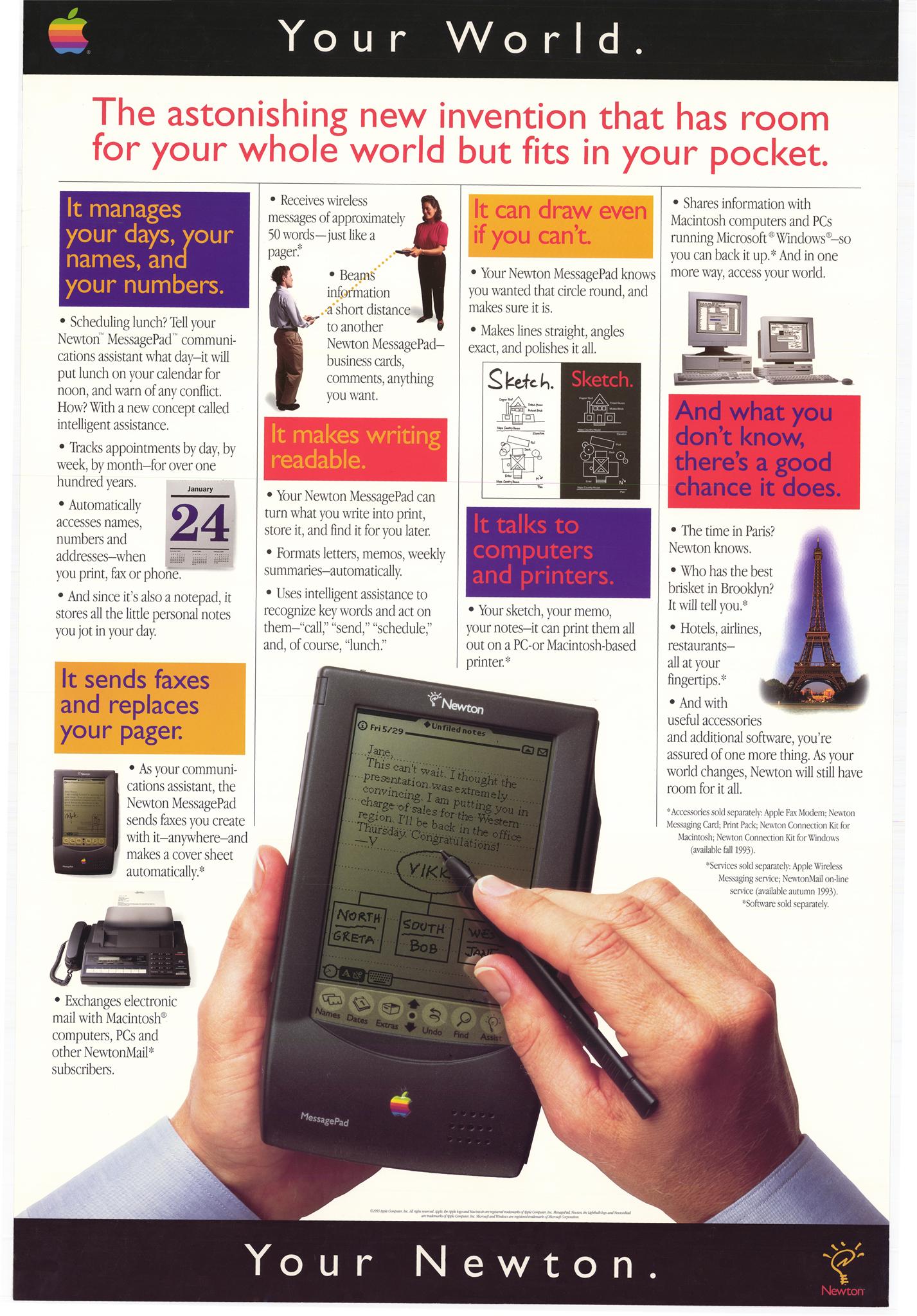
The first popular PDA was the Apple Newton, which was released in 1993. The Newton was a handheld computer that could recognize handwritten text. It also had basic word processing and spreadsheet capabilities. However, the Newton was not very successful, and it was discontinued in 1998.
In the late 1990s, Palm Computing released the PalmPilot, which was a more successful PDA. The PalmPilot was a handheld computer that could store and organize data, such as contacts, appointments, and to-do lists. It also had basic word processing and spreadsheet capabilities. The PalmPilot was popular with business professionals and students.
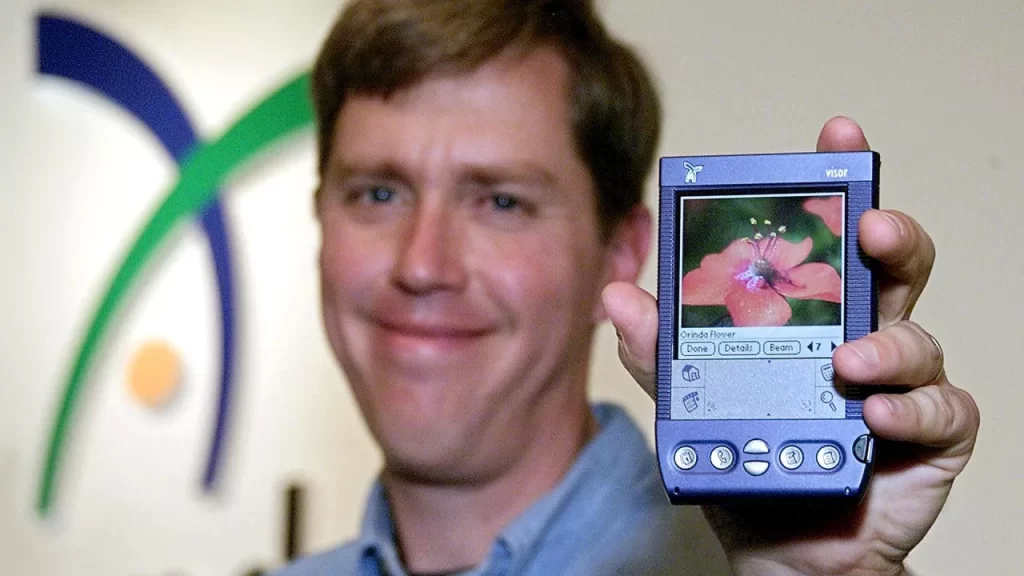
In the early 2000s, several other companies released PDAs, such as the BlackBerry and the Handspring Treo. These devices were similar to the PalmPilot, but they had additional features, such as email and web browsing.
In the mid-2000s, smartphones began to replace PDAs. Smartphones are handheld devices that combine the features of a PDA with the features of a phone. Smartphones are more powerful than PDAs, and they have a wider range of features.
Today, smartphones are the most popular type of personal assistant. They are used by people of all ages and professions. Smartphones can be used to make calls, send texts, email, browse the web, take pictures, and play games. They can also be used to access a variety of apps, such as social media apps, productivity apps, and entertainment apps.

Personal assistants have come a long way since the early days of computing. They are now more powerful, more versatile, and more affordable than ever before. They are an essential part of our lives, and they continue to evolve with new technologies.
Early “PDA’s” were nothing more than advanced day planners. But the progression of machine learning capabilities and voice recognition software has changed the landscape for these types of digital tools. The first “smart” digital assistant hit the market back in 2011. Apple’s Siri could recognize voice commands, find information about sports and other hot topics, make reservations at restaurants and find movie times. Today Siri performs tasks by voice alone with a simple, “Hey Siri,” and is implanted in an increasingly wide array of Apple products – even automobiles are poised to possess her skills in a few short months.
Siri was soon followed by competitors from other massive tech firms. Microsoft introduced its own assistant, Cortana. Google took a different route, with Google Voice, a service app that operates within the main interface itself (though their work is far from over in this space). Facebook created the mysterious M, an assistant that could be contacted not by voice but by text. But right now the most visible and versatile of the current crop of smart assistants remains Amazon’s Alexa – compatible with the popular Echo device – an AI that can answer questions, coordinate home systems, do online shopping and accomplish an array of other tasks.
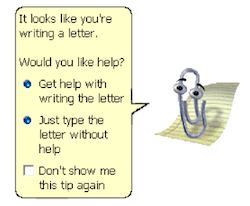
The Rise of Intelligent Digital Assistants
In various ways, all these smart softwares are capable of listening and responding. They serve as the hub for a user’s entire network of connected Things and act as a portal for entry to the wider world of the Internet. Amazon’s Echo, for example, integrates seamlessly into a user’s “smart home,” turning off lights, changing the temperature in your house and locking doors. Clumsy though it may still be for now, the ever-growing Internet of Things demands a clever interface to help us navigate all our newly-connected objects. Many professional security websites note the astonishing array of home automation devices, platforms and apps currently capable of coordinating plans with Alexa and the Echo – from accessing Spotify and Pandora playlists to setting a timer on the pizza in the oven, it’s possible that one day our digital helpers will be running our entire households.
Intelligent Smarthome Management
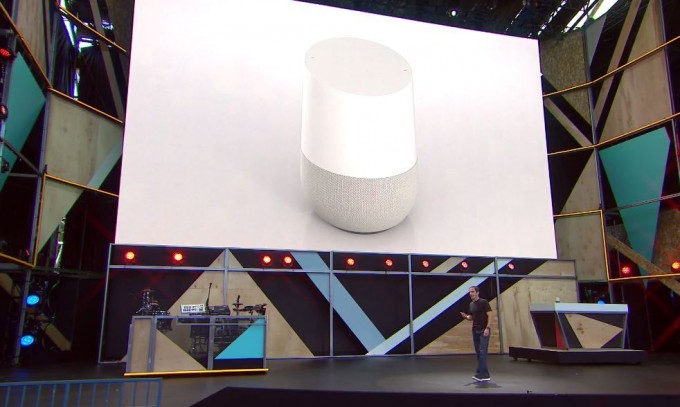
Google Home vs. Amazon Echo: Why Home could win
Here are some of the newest intelligent personal assistants in tech today to manage your smart homes:
- Google Assistant: Google Assistant is a virtual assistant developed by Google that is available on a variety of devices, including smartphones, smart speakers, and smart displays. Google Assistant can be used to control smart home devices, play music, get information, and more.
- Amazon Alexa: Amazon Alexa is a virtual assistant developed by Amazon that is available on a variety of devices, including smart speakers, smart displays, and tablets. Amazon Alexa can be used to control smart home devices, play music, get information, and more.
- Apple Siri: Apple Siri is a virtual assistant developed by Apple that is available on a variety of devices, including smartphones, smart speakers, and smart displays. Apple Siri can be used to control smart home devices, play music, get information, and more.
- Samsung Bixby: Samsung Bixby is a virtual assistant developed by Samsung that is available on a variety of devices, including smartphones, smart speakers, and smart displays. Samsung Bixby can be used to control smart home devices, play music, get information, and more.
- Microsoft Cortana: Microsoft Cortana is a virtual assistant developed by Microsoft that is available on a variety of devices, including smartphones, smart speakers, and smart displays. Microsoft Cortana can be used to control smart home devices, play music, get information, and more.
These are just a few of the newest personal assistants in tech when it comes to smart homes. As technology continues to evolve, we can expect to see even more ways to make our homes more convenient and efficient.
Always on and always “learning”, digital assistants pick up data and detailed personal information from sources including conversations, email, online purchasing, browsing and even locations visited to anticipate users’ preferences, offer them more choices and even make decisions for them. They listen for their name in a conversation, deliver reproofs when they suspect you’re being rude, and even make jokes. They’re designed to seem friendly and very human, so that users find themselves apologizing to their Alexa or feeling self-conscious alone in a room with Siri.
Even though these assistants may learn quickly based on the input they receive, they aren’t smart enough to do the right thing in every situation. Their “intelligence” is informed by patterns of human behavior, which remains as erratic and unpredictable as ever.
Yet as they continue to evolve and acquire a more important role in our lives, they become closer to partners, friends, and companions. Now promising convenience and control, tomorrow’s digital assistants may actually be able to “understand” us on a more human level. Out beyond ideas of right and wrongdoing, of black-and-white zeros and ones, there is a field. Maybe one day our robots will meet us there.

